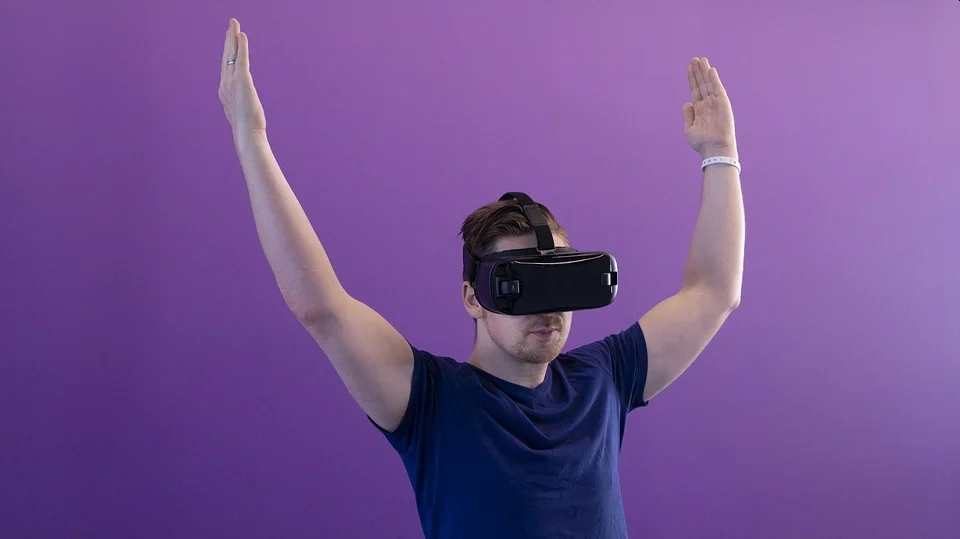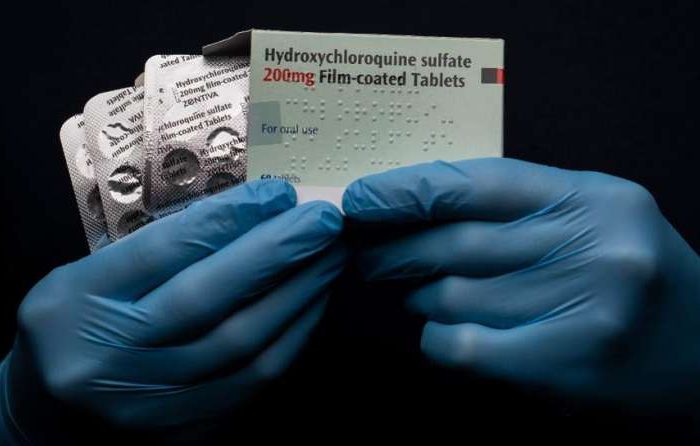Ready Player One: How Technology Has Changed the Game

Steven Spielberg’s Ready Player One took the fictional work of Ernest Cline and made it an onscreen hit. With $582 million at the box office, the movie clearly struck a chord, but the question is why? The obvious answer is that it’s a great story and one that Spielberg brought to life in his own inimitable way. However, when you consider the broader context, there’s an argument that technology and its influence on the gaming sector made Ready Player One a hit.
The Move Towards Realistic Virtual Experiences
For the uninitiated, the story is set in 2045 and virtual reality (VR) is in everyday use. Through software known as OASIS (Ontologically Anthropocentric Sensory Immersive Simulation), humans use VR to escape the now desolate real world. Even without delving further into the plot, that dynamic seems all too real. Although we’re not at that point just yet, VR is gradually reshaping our reality and, in many ways, this all stems from the gaming sector. Across the industry, developers are constantly pushing to create more authentic, engaging, and immersive experiences.
That’s always been the case. From the days of Space Invaders through to Super Mario and Call of Duty, the aim has been to make games feel as realistic as possible. Naturally, the advancement of video game graphics is down to technology. As processors and graphic cards have become more powerful, developers have been able to focus on minute details. Today, hyper-realistic games such as Watch Dogs 2 and Far Cry offer vivid environments that are almost indistinguishable from the real thing. The detail doesn’t stop there. Using innovations such as Siren, developers can now endow a digital character with facial animations using a single program.
Live Action Driving a Virtual Revolution
Taking this a step further, casino technology has also propelled this drive for realism. At Mr Green, live dealer games are a mix of digital and real action. Using webcams and RFID technology, developers have been able to connect physical gaming environments to online platforms. The end result is an experience where players have the luxury of betting on games such as Lightning Roulette and interacting with real people. Like photorealistic video games, these live dealer tables are part of the gaming industry’s push to make more immersive products. This, in turn, is why Ready Player One struck a chord with audiences.
Even if you’re not familiar with the latest developments in VR, there’s a sense that things are heading that way. This constant drive to make games more realistic speaks to our desire for greater authenticity. This feeds into innovations like Oculus Rift and HoloLens. In essence, the gaming sector is inspiring and refining VR technology. Moreover, it’s normalizing it. The upshot of this is that it can then filter into the mainstream more easily. Once we get to that point, Ready Player One is all but a reality. Of course, that doesn’t mean the world around us is going to fall apart. However, there’s a growing sense that a lot more of our experiences are going to become virtual in the coming decades. In a sense, we’re all going to become players in the game of life, and that’s largely down to the influence of gaming technology.

